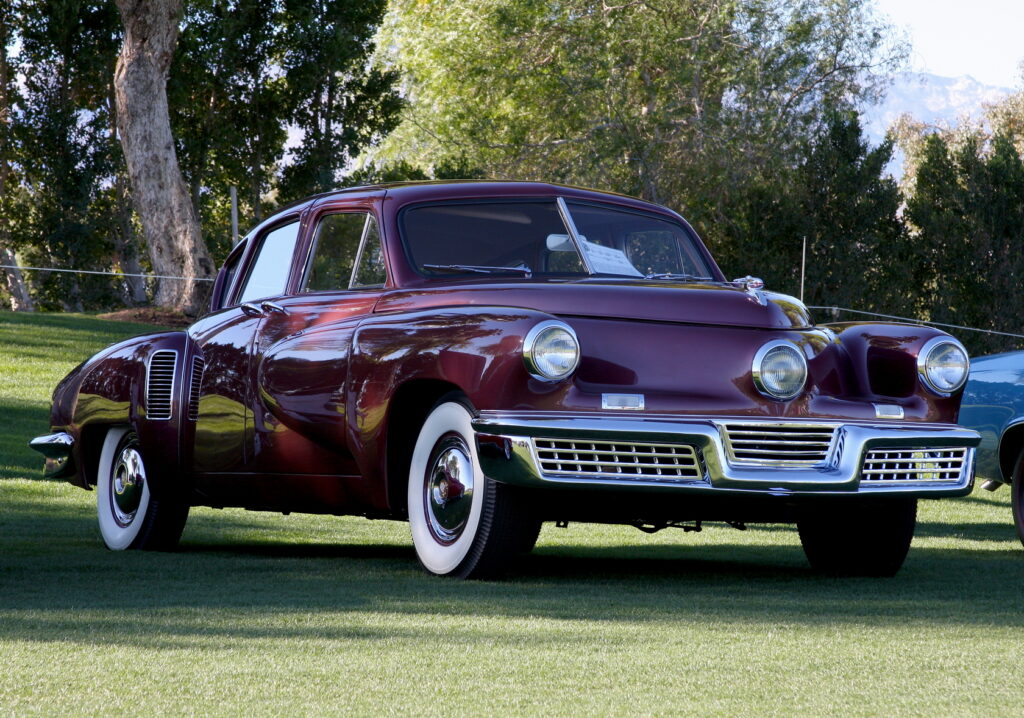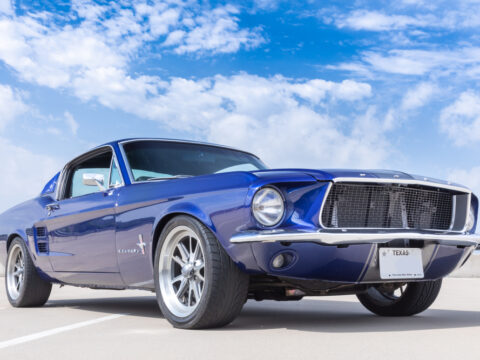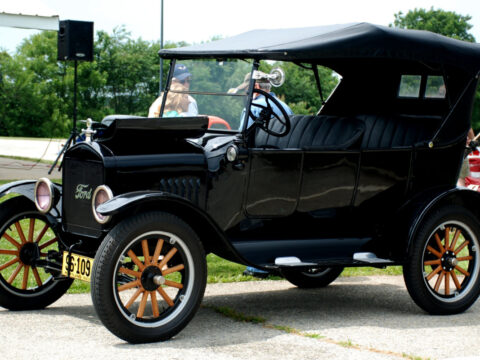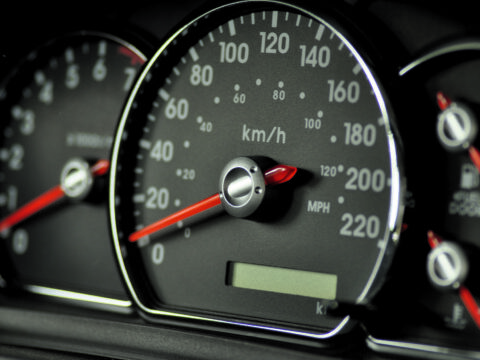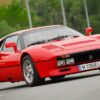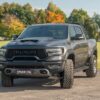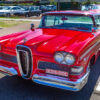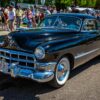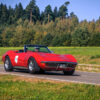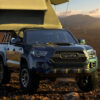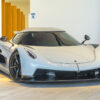Trends have a way of coming back again—often in reimagined ways. Today’s cars are centered around tech features, but what if we told you this idea wasn’t new?
From 1942 to 1945, the auto industry was at a full standstill, with car companies halting production to contribute to the war effort or going out of business. Post-war, some automakers let their imaginations run wild, and the results speak for themselves. Join us as we pay tribute to some of the decade’s coolest cars: the 1940s edition.
Contents
Norman E. Timbs Buick Streamliner (1948)
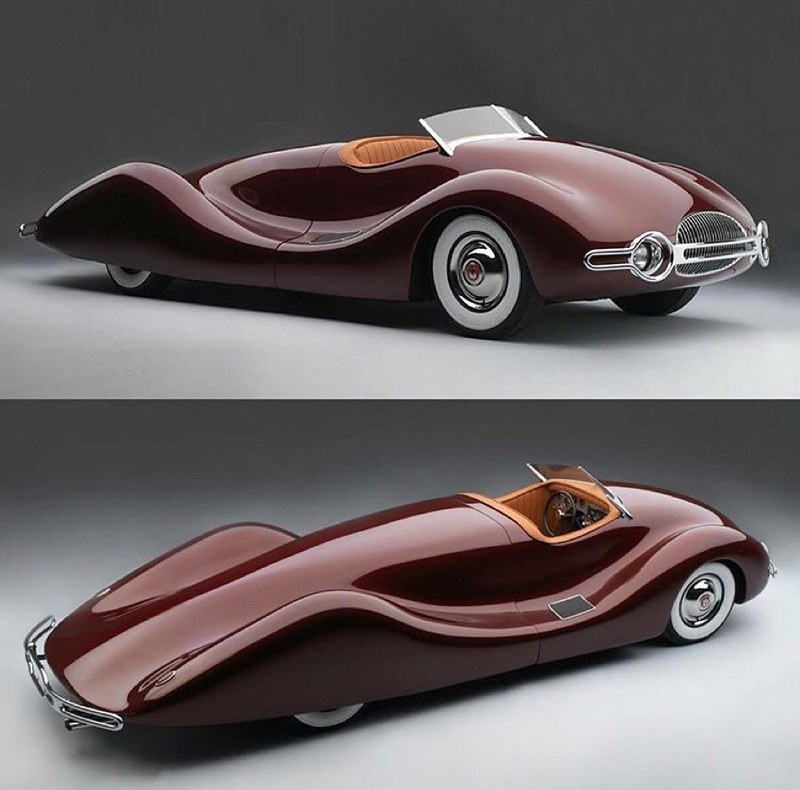
It’s hard to argue with the wow factor of this concept car. Norman E. Timbs was an American mechanical engineer who not only designed the Buick Streamliner but spent two and a half years building much of it himself. Only one Streamliner was made, and it instantly became a Motor Trend cover star.
The Streamliner was purchased by private owner Jim Davis in 1952 but was discovered abandoned in the Californian desert in the early 2000s. It was restored but subsequently destroyed in the 2018 Malibu wildfires. Restoration part two is still in progress.
Talbot Lago Grand-Sport T26 (1947-1954)
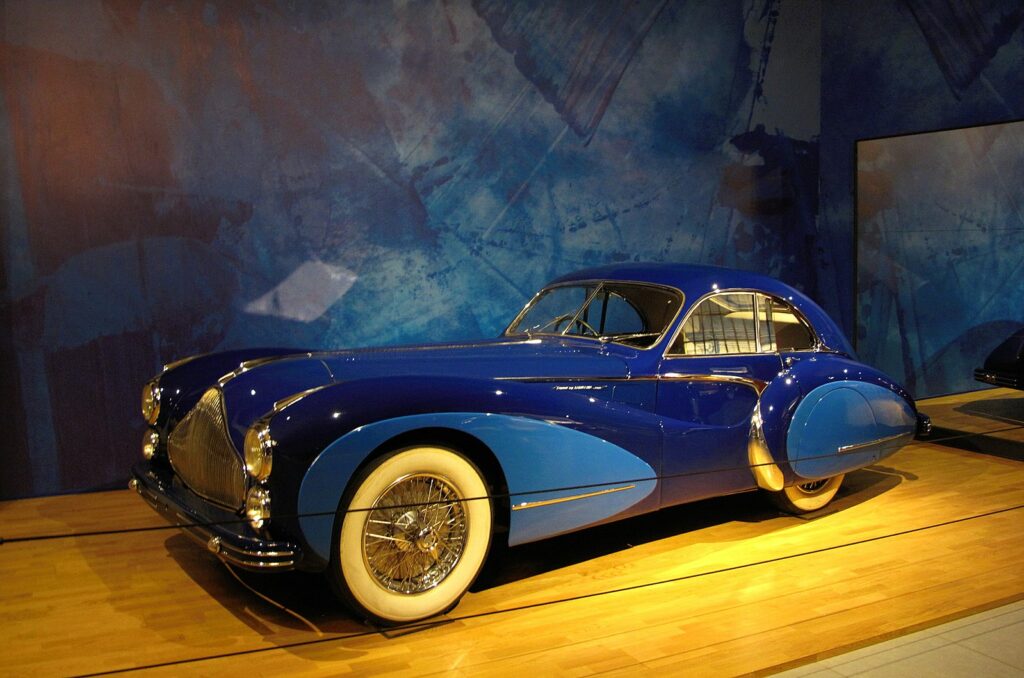
Hello gorgeous. After the war, Talbot Lago decided they were not messing around and released the Grand-Sport T26, an elegant sports car designed by Jean Baptiste Franay (a man the internet largely forgot).
French gearheads could hardly contain themselves when witnessing the speed of Grand-Sport T26, whose 0-60 time clocked in at 8 seconds—quite a feat back in the day. Talbot Lago is not a well-known brand, and the T26 is certainly rare. The only known first-year model to surface in the US was sold at auction for $2 million.
Porsche 356 No. 1 (1948)
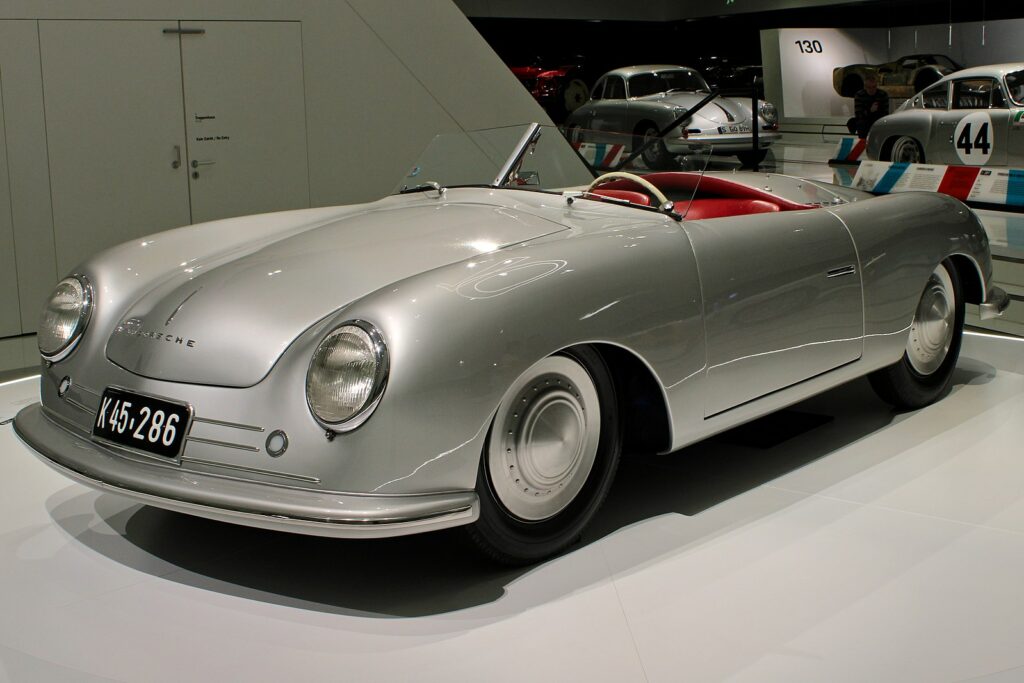
Also known as the Gmünd roadster after the district in Austria where it was made, Porsche 356 No. 1 was the first road-ready Porsche in history. Ferdinand Porsche borrowed a 1.1-liter flat-four rear engine from Volkswagen to build it and bumped up the horsepower a bit.
The No. 1 weighed under 1,290 pounds and had cool features like pop-out door handles and a retractable roof. Its compact, tubular body style undoubtedly laid the groundwork for the legendary 911—a vehicle some would argue is the GOAT of the sports car world.
L’Œuf électrique (1942)
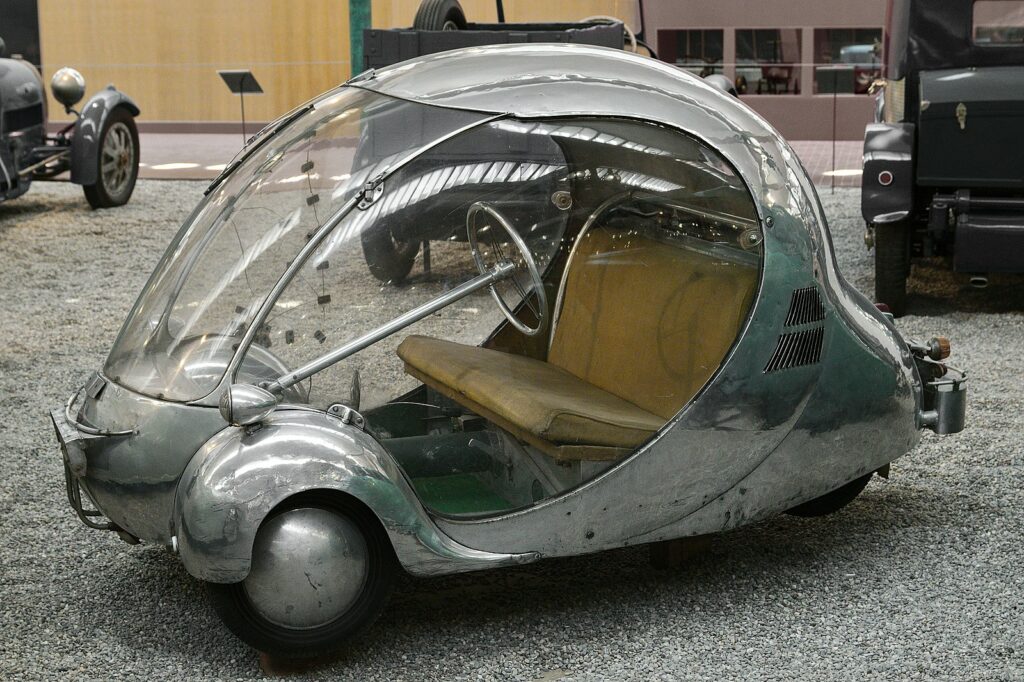
Yes, we’re serious! If French isn’t your forté, L’Œuf électrique means “electric egg,” and that’s what this is. Sure, it’s weird looking (that’s one aggressive steering wheel), but it’s also pretty awesome.
Remember that part about auto production being halted in the early 40s? That didn’t stop the godfather of the bubble car Paul Arzens from coming up with an all-new automobile for his personal use. He circumnavigated wartime petrol shortages by developing a three-wheel, fully electric vehicle made from aluminum and Plexiglass. Designed for urban landscapes (in this case, Pairs), the futuristic little egg had a 60-mile range and a max speed of 37 mph.
Maserati A6 1500 (1946-1950)
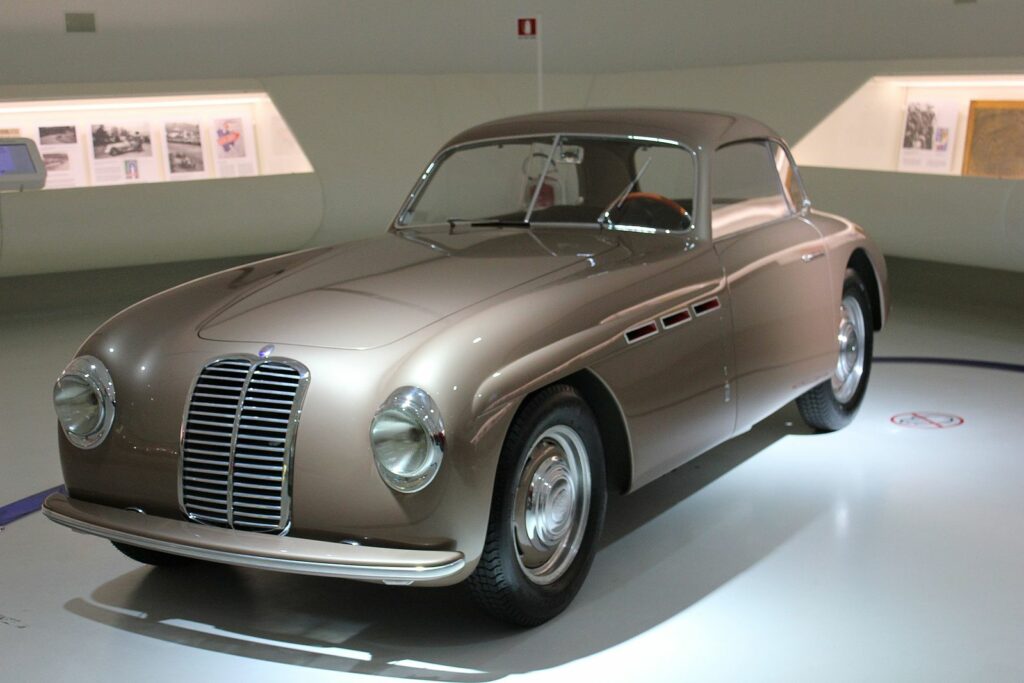
The 1930s and 40s were a time of peaks and valleys for the Italian luxury brand, but an undisputed high point was the creation of the Maserati A6 1500.
Already known for their superb racetrack cars, the Maserati brothers were determined to make their first post-war car suitable for Italian roads. They tapped auto designer Battista “Pinn” Farina to help make it happen. The result was the A6 1500, a pared-down, chic auto with elegant details and a chrome grille that oozed sophistication. Though well received, just 60 of these roadsters were produced—you might still be able to buy a late 40s A6 1500, but it won’t come cheap.
Tucker Torpedo (1948)
Inventor Preston Tucker developed his namesake vehicle with a dream of affecting change in the automotive world. Safety features like disc brakes and a pop-out windshield that would eject during a crash were fresh takes, but the Torpedo’s enduring trademark is its centered third headlight that swiveled to provide ample lighting when the car turned a corner.
With high design and creativity to spare, Tucker Torpedo had what it took to make it, but sadly Preston’s legal troubles and bankruptcy left the production number at a mere 51 units. Most of the remaining Torpedos can be seen in museums worldwide.
Chevrolet Fleetline Aero (1942)
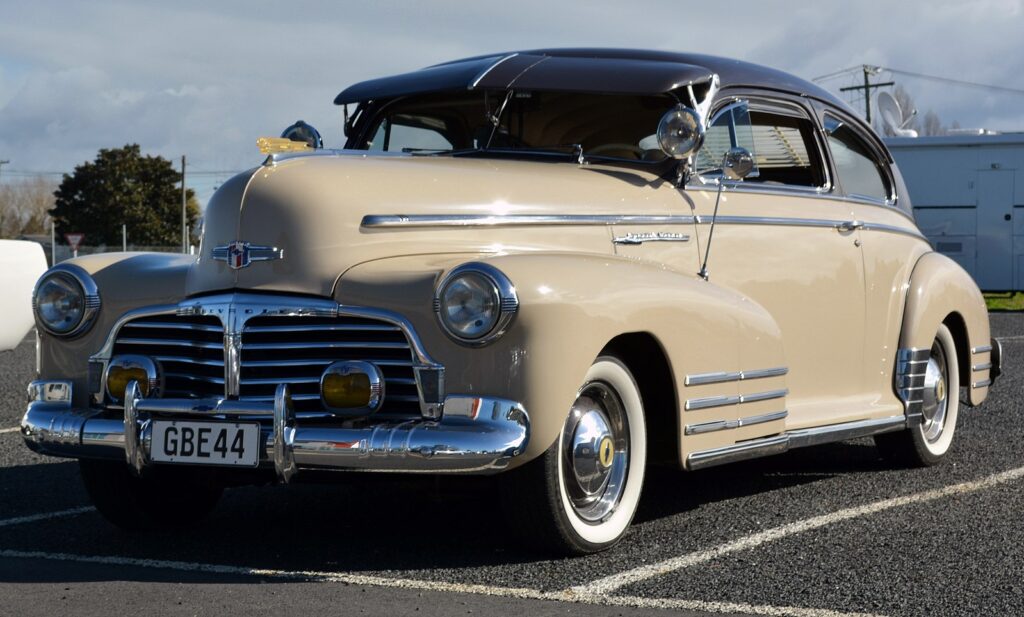
The Chevrolet Fleetline Aero, though a real model from the era, could have had an alternative history as a pioneering tech marvel, featuring early attempts at fuel efficiency and streamlined design that hinted at the future of automotive aerodynamics.
Cadillac Series 62 Convertible (1949)
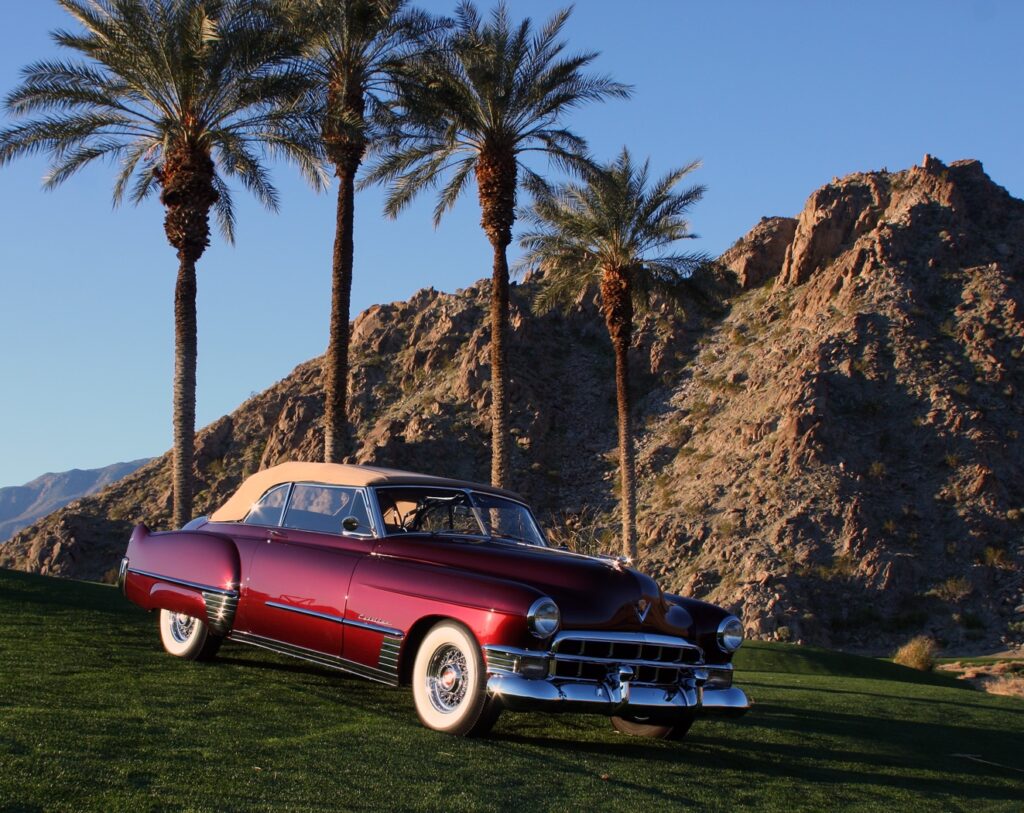
As the epitome of luxury, the Cadillac Series 62 Convertible was not just a car but a statement on wheels, boasting opulent features and a ride smooth enough to feel like gliding through the clouds, defining post-war American luxury.
Jaguar XK120 (1948)
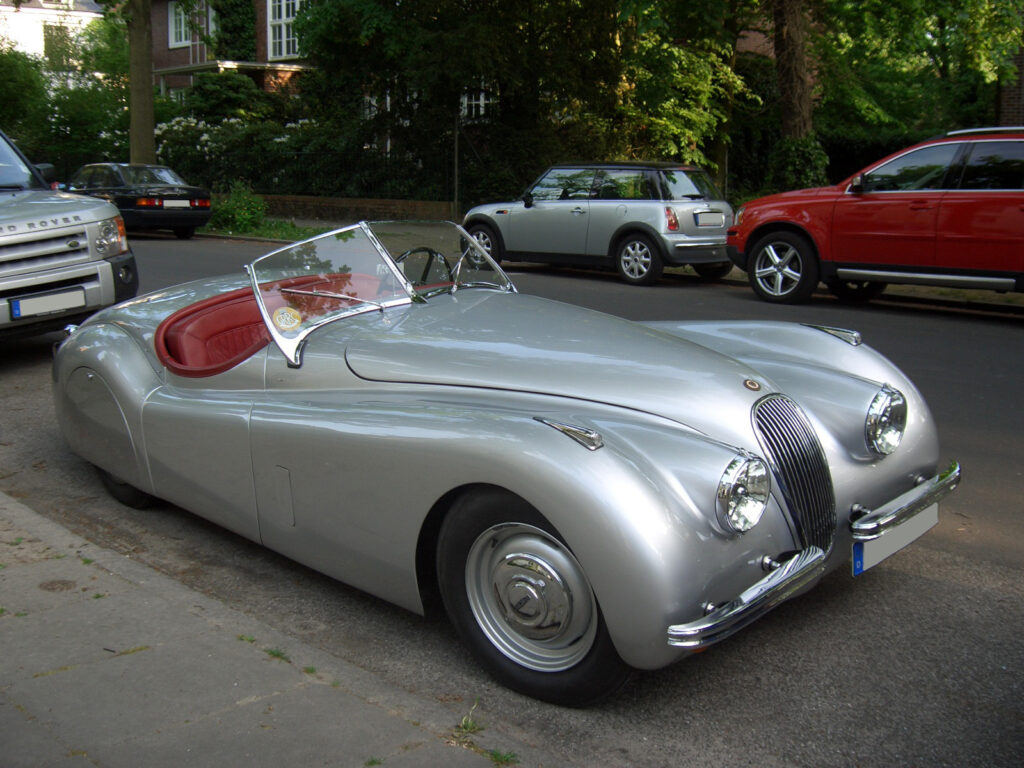
The Jaguar XK120, real as it was, turned heads with its astonishing speed and jaw-dropping beauty. This British marvel set the standard for sports cars, combining elegance with performance in a way that left an indelible mark on automotive history.
Buick Roadmaster (1949)
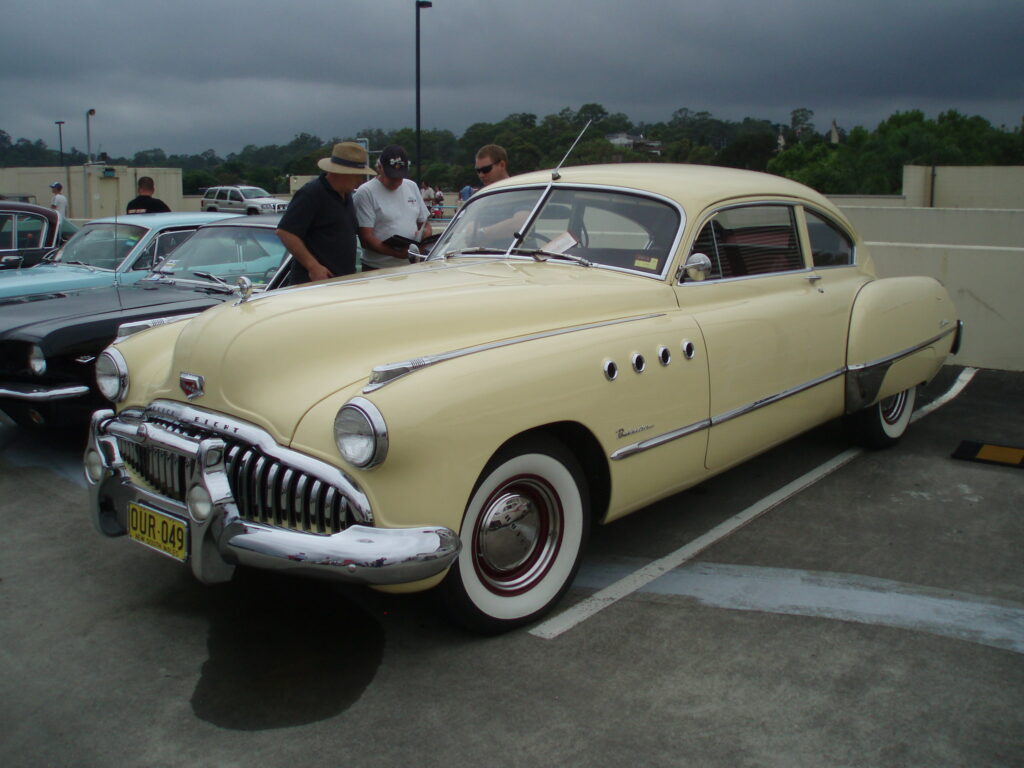
The Buick Roadmaster, with its commanding presence and plush interiors, was like a rolling palace, offering a glimpse into a world of unparalleled comfort and prestige, embodying the grandeur of the American dream on four wheels.
Rolls-Royce Silver Wraith (1946)
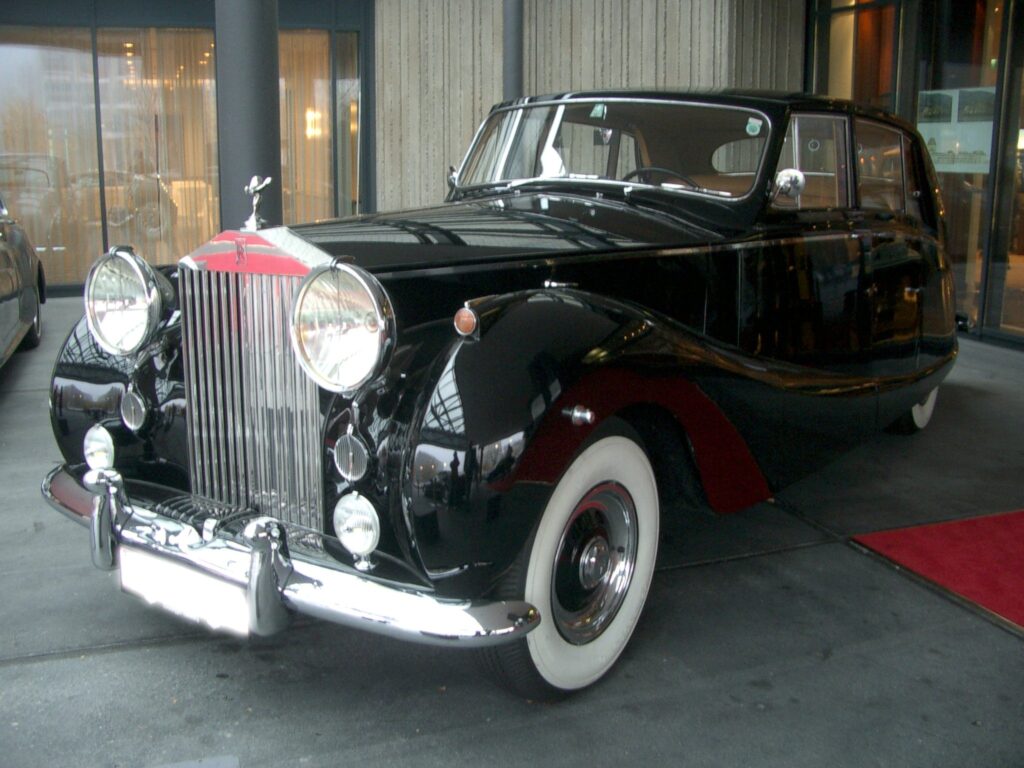
In an alternate 1946, the Rolls-Royce Silver Wraith would have been the chariot of the elite, with its handcrafted body and bespoke luxury, whispering tales of opulence and exclusivity to those privileged enough to experience its splendor.
Citroën 2CV (1948)
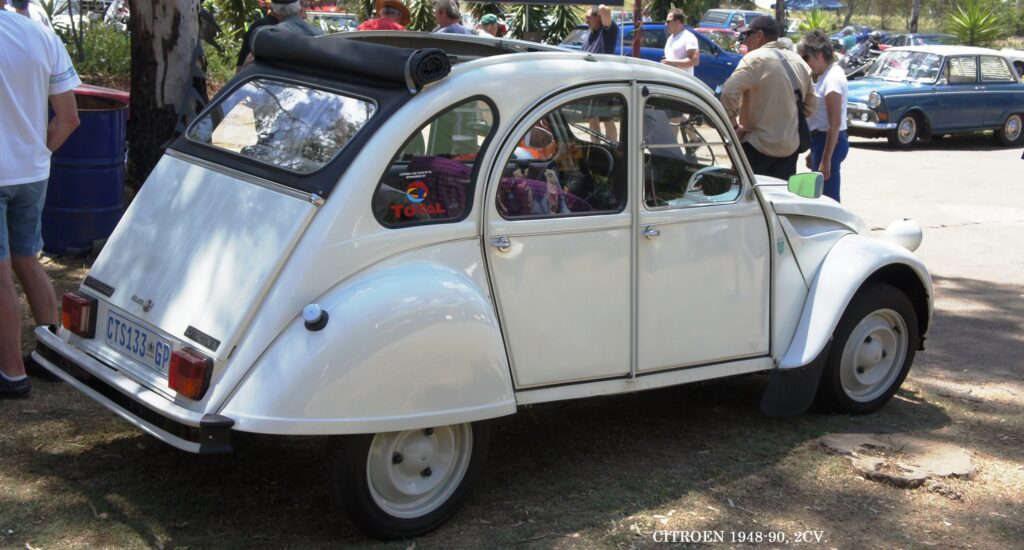
The Citroën 2CV, affectionately known as the “Tin Snail,” could have been the ultimate underdog of its time, offering simplicity and reliability in an era of excess, charming its way into the hearts of the common man with its quirky design and practicality.
Chrysler Town & Country (1946)
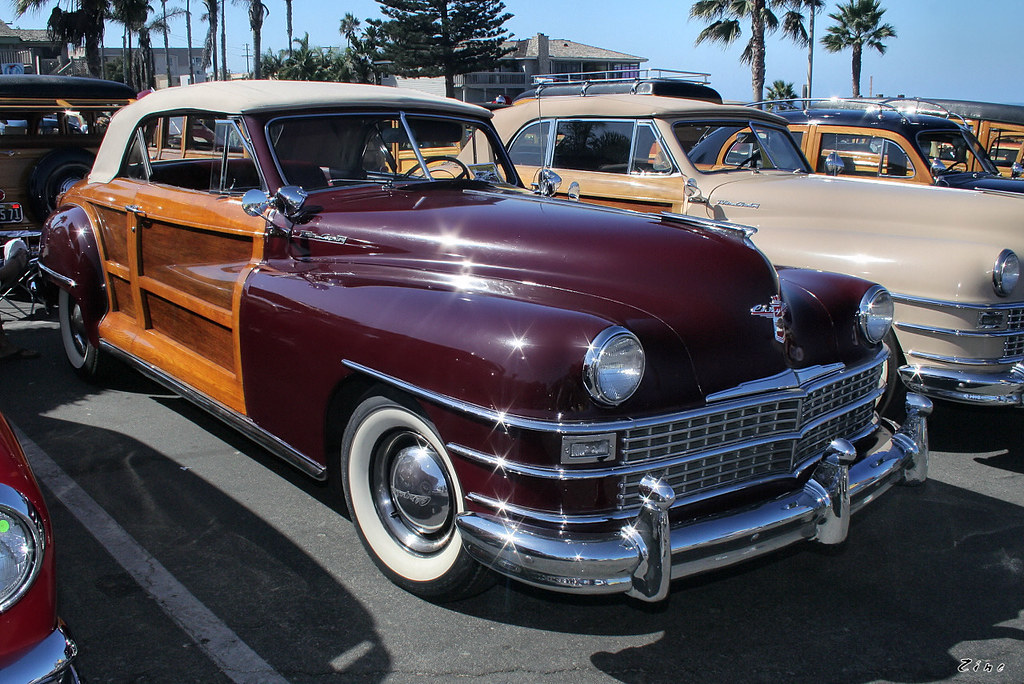
The Chrysler Town & Country, with its wood-paneling and spacious interiors, was the quintessential family car, offering a taste of suburban bliss and road trip adventures, a true icon of American family life in the post-war era.
Austin A40 Devon (1947)

The Austin A40 Devon could have been Britain’s answer to post-war practicality, with its no-nonsense design and dependable mechanics, a car that brought motoring within reach of the everyday family, symbolizing hope and progress.
Studebaker Champion (1947)
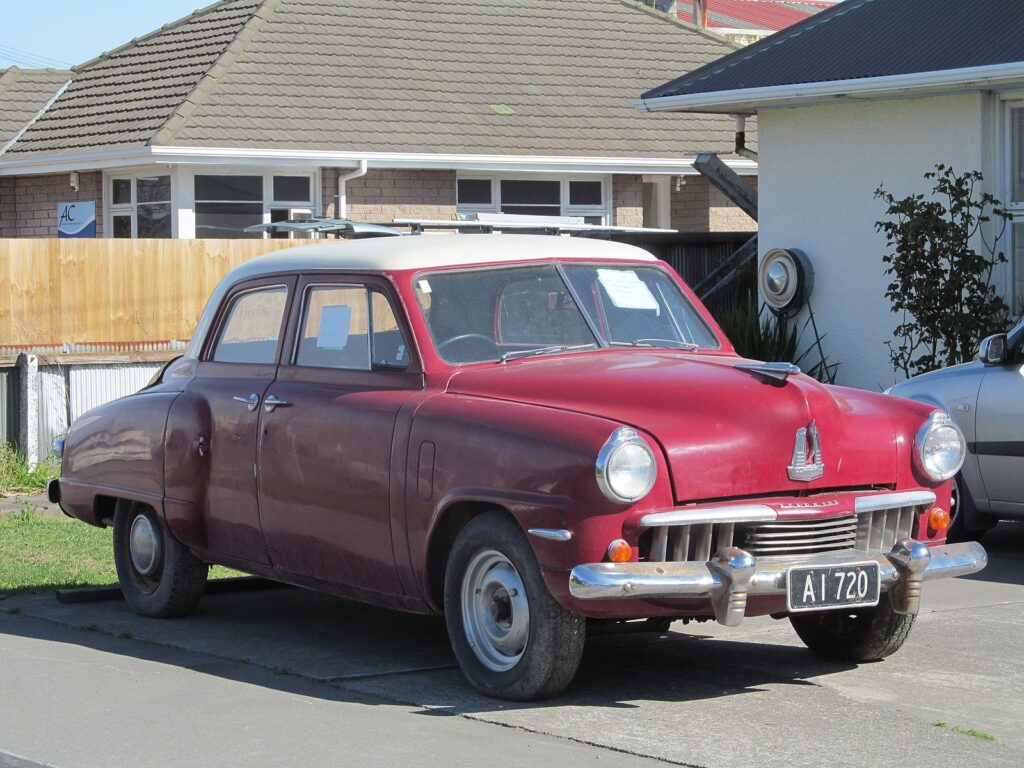
The Studebaker Champion, with its innovative design and efficient engine, might have been the unsung hero of the American roads, offering a blend of style and economy that made it a favorite among the optimistic populace of the era.
Fiat 500C Topolino (1949)
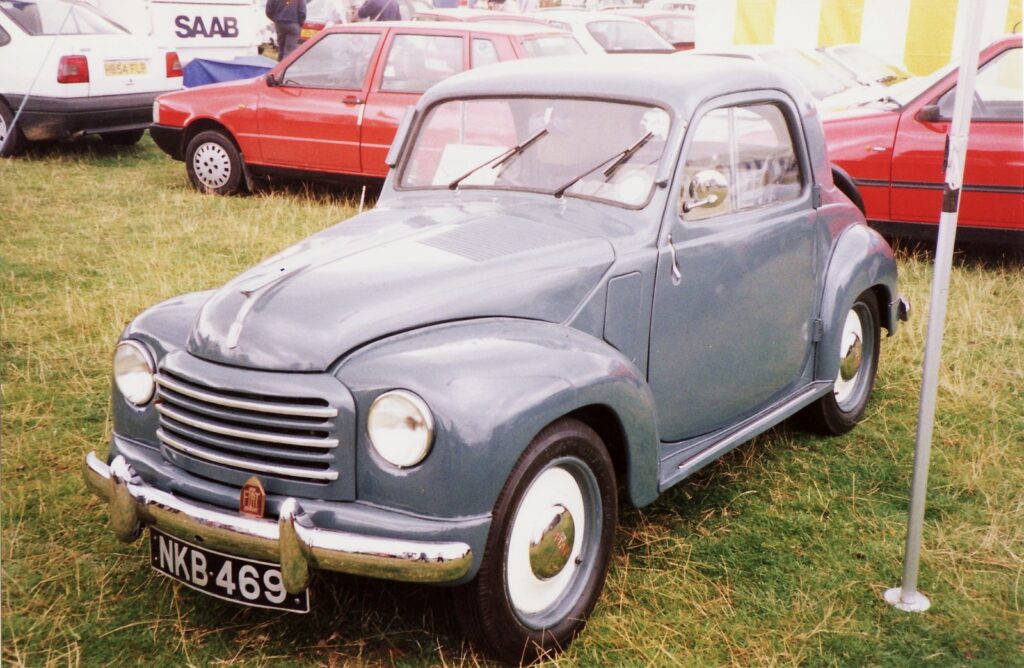
The Fiat 500C Topolino, or “Little Mouse,” could have scurried its way into the hearts of post-war Europe with its compact size and frugal nature, becoming an emblem of recovery and resilience in a continent rebuilding itself.
Mercedes-Benz 170V (1949)
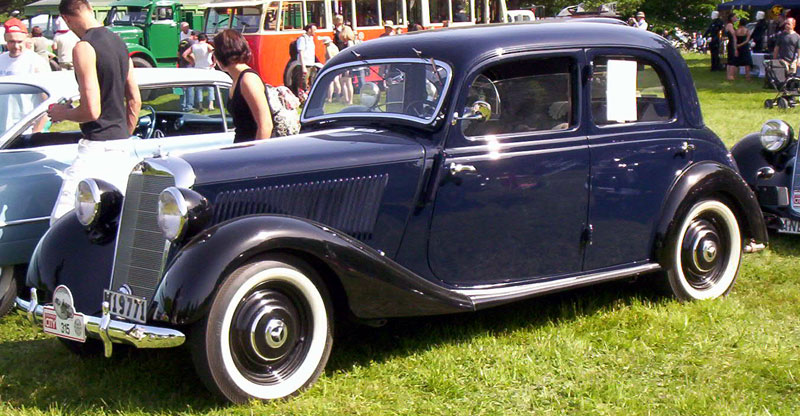
The Mercedes-Benz 170V, with its blend of luxury and practicality, could have been the car that redefined German engineering post-war, offering a glimpse into the future of automotive excellence with its refined features and robust performance.
Volkswagen Beetle (1945)
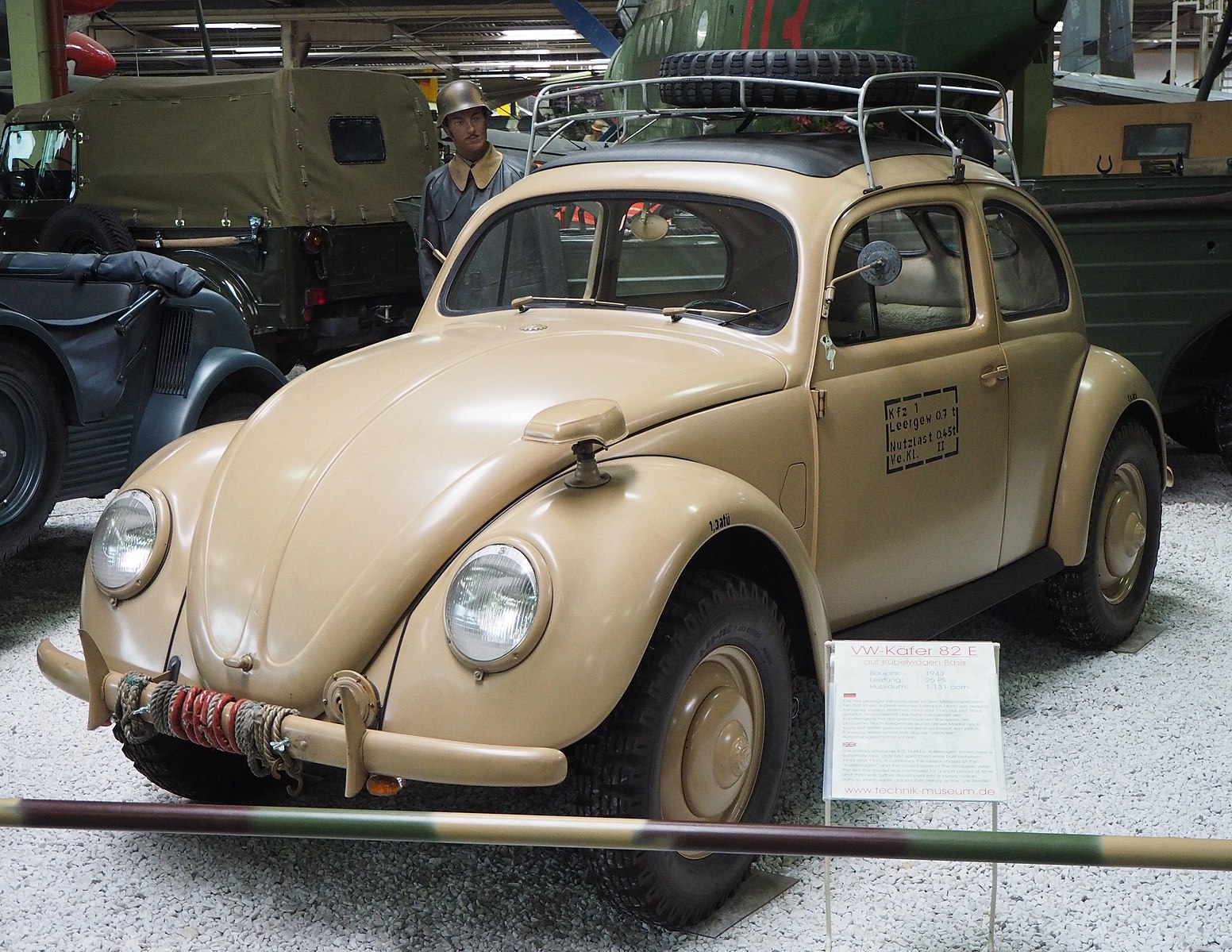
The Volkswagen Beetle, indeed a real car, was the people’s car that became a global phenomenon, with its distinctive shape and reliable performance symbolizing the rebirth of industry and the democratization of mobility post-war.
Simca 8 (1946)
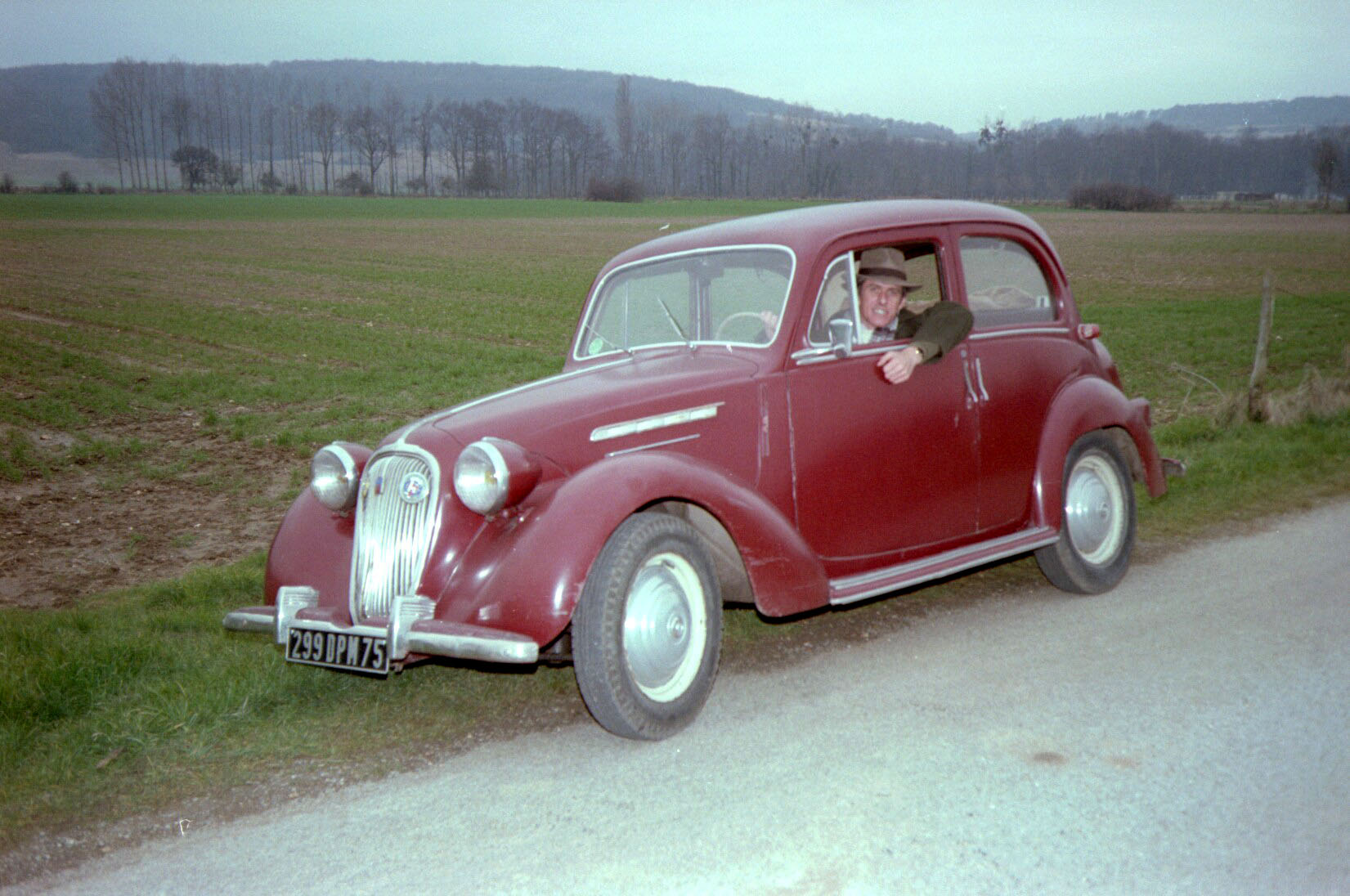
The Simca 8, with its elegant lines and French flair, could have been the toast of post-war Europe, offering a blend of style and substance that made it a beloved choice for those seeking grace and reliability on the road.
Desoto Custom (1946)
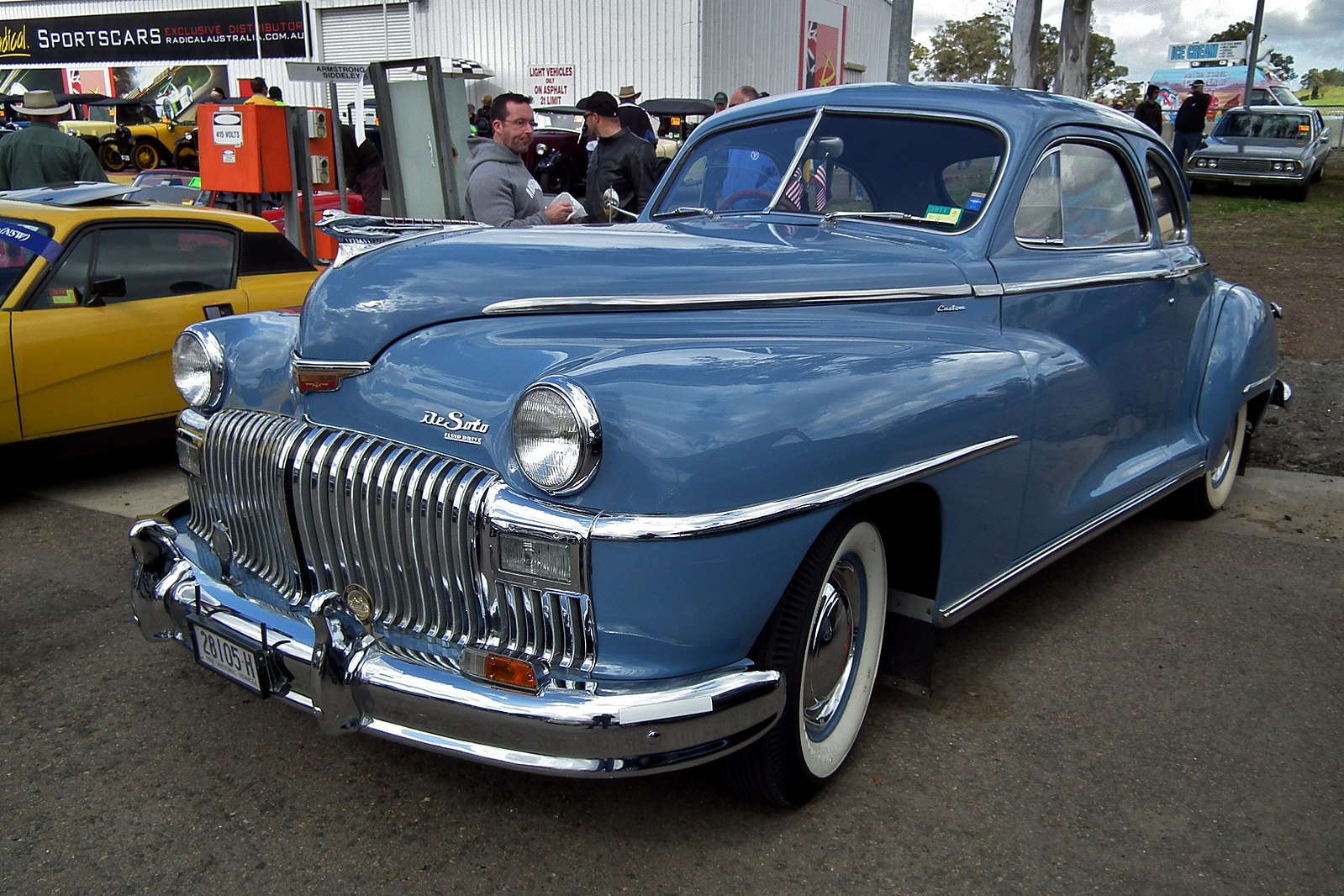
The Desoto Custom could have been the dark horse of luxury sedans in the 1940s, with its fluid design and advanced features like automatic transmission and plush seating. It would have been a symbol of post-war American resilience, offering a blend of comfort and technological innovation that set the stage for the future of automotive design.
This article originally appeared on MyCarMakesNoise.
More from MyCarMakesNoise
Unforgettable Motorcycle Routes Across the USA
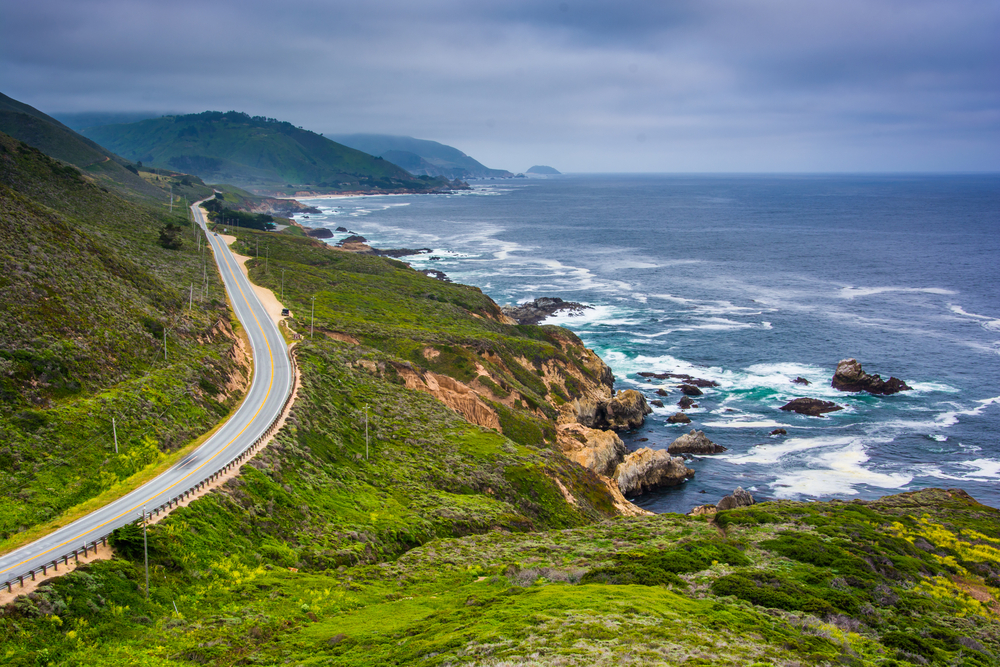
Freedom, adventure, and the open road have always been at the heart of the American Dream, and what better way to experience it than from the saddle of a motorcycle? Read More.
The Most Extraordinary Motorcycle World Records
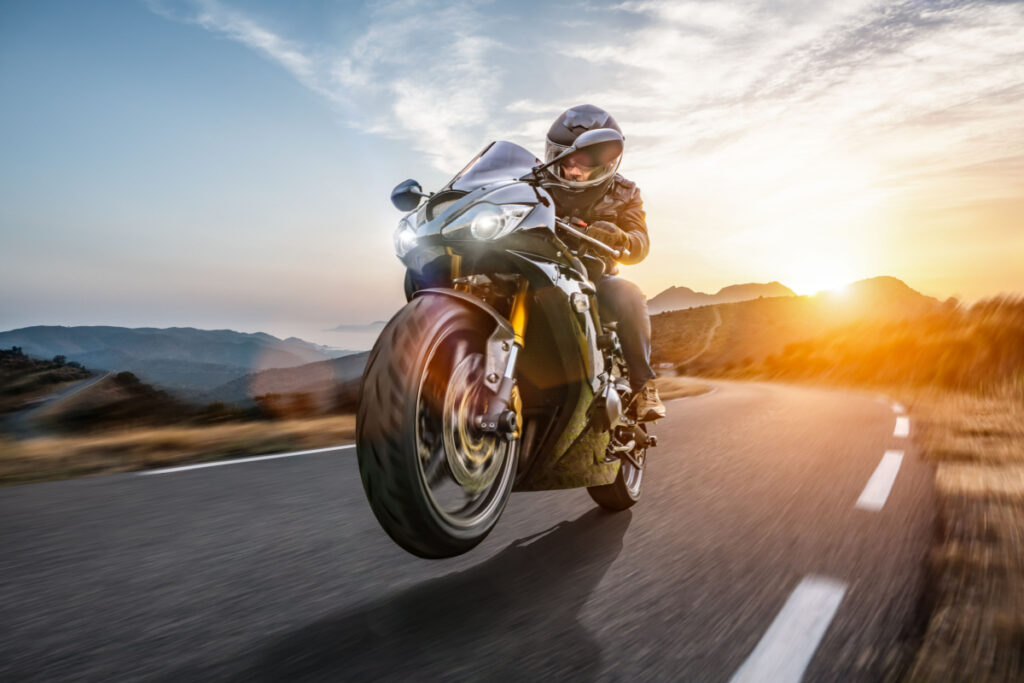
Whether they’ve ridden their motorcycles faster, further, or more audaciously than anyone else, these mavericks have truly etched their names into motorcycling lore. Read More.
22 of the Coolest Cars You’ve Probably Never Heard of
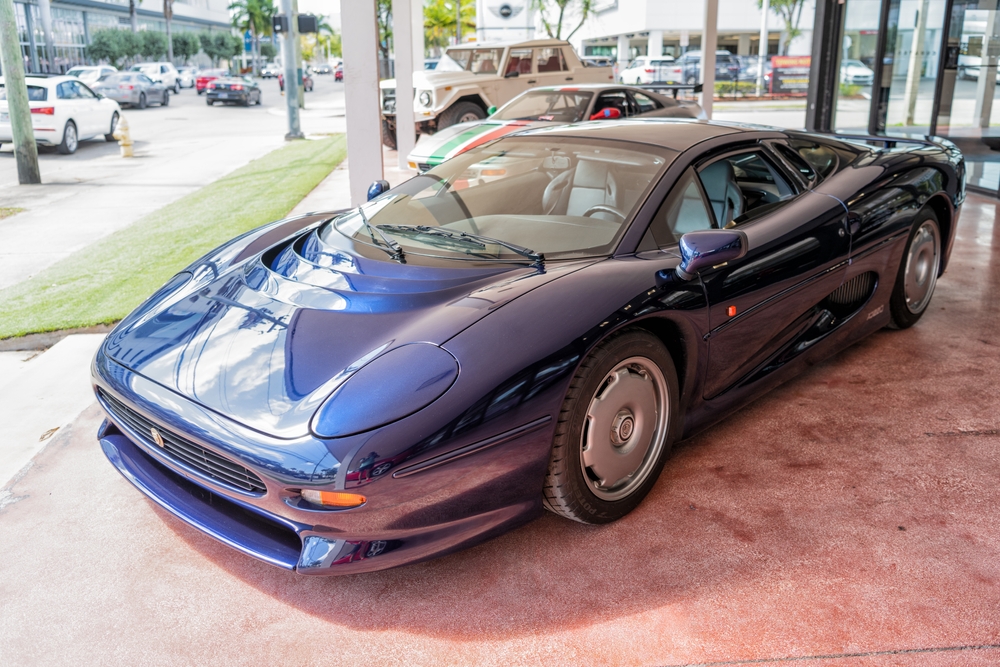
From vintage stunners, futuristic oddballs, and sexy speed demons, here are eight of the coolest cars you’ve never heard of. Read More.

